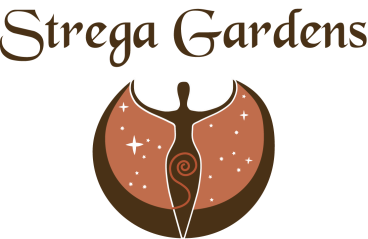|
Laura Clemmons CH Infused Oils There are a few different methods to making an infused oil for your salves, massage oils, lip balms, lotions, creams, etc... The Folk Method (fresh herb)
The Digestion Method
Herbs Calendula Calendula officinalis skin healing helps hold the integrity of the skin cell as it grows back promotes wound healing Comfrey Symphytum officinale rich in allantoin and mucilage, facilitates and activates the healing of damaged tissue. *Be careful that the affected area does not have an infection because comfrey works so fast that it could trap the infection under the skin creating a problem. Use in salves and ointments. Dandelion Flowers Taraxacum officinale used topically for breast congestion and lumps. Plantain Plantago lanceolata used topically as a breast cancer preventative, for staph infection, dandruff, hemorrhoids, insect bites and stings, sunburn Lemon Balm Melissa officinalis antiviral, antibacterial, used topically for herpes virus, and cold sores Poke Root Phytolacca americana very strong lymphatic mostly used topically for breast lumps and all swollen glands Roses Red Rosa spp (romantic and passionate love) and Pink (self love, self acceptance) : astringent and tones tissue encourages healing St. Joan’s Wort Hypericum perforatum anti viral, anti bacterial and used for sunburns, burns, bruises, neuralgia, wounds, and trauma to the skin. It is an astringent for tissue topically and promotes healing helping with dried cracked bleeding lips or skin. Yarrow Achillea millefolium astringent used for bleeding, dry skin, cuts and wounds. Biblography Duke, James A. The Green Pharmacy.Rodale Press emmaus, Pennsylvania: 1997 pp.500 Hoffmann, David. The Herbal Handbook A user’s Guide to Medical Herbalism. Healing Arts Press Rochester, Vermont: 1988 pp.211 Gladstar, Rosemary. Herbal Recipes for Vibrant Health. Storey Publishing North Adams, MA: 1989 pp.325-372. Green, James. The Herbal Medicine-Maker’s Handbook. The Crossing Press Berkeley, Claifornia: 2000 pp.194-199
0 Comments
Leave a Reply. |
AuthorLaura Clemmons Archives
May 2020
Categories |

 RSS Feed
RSS Feed
